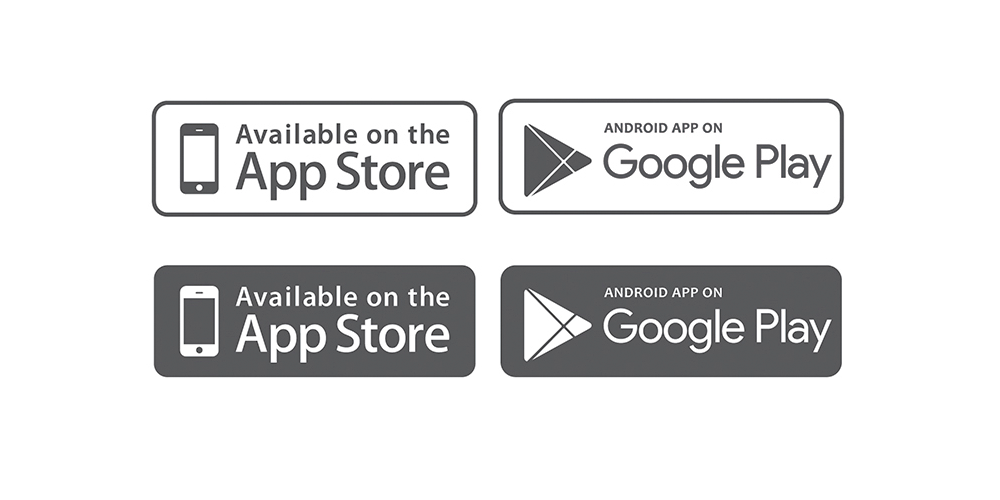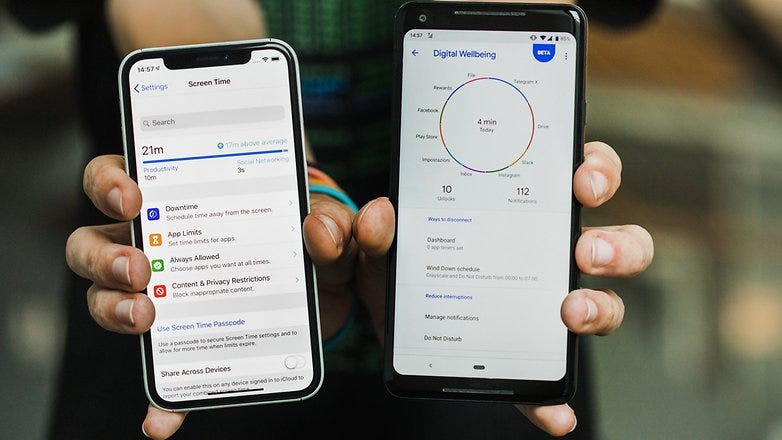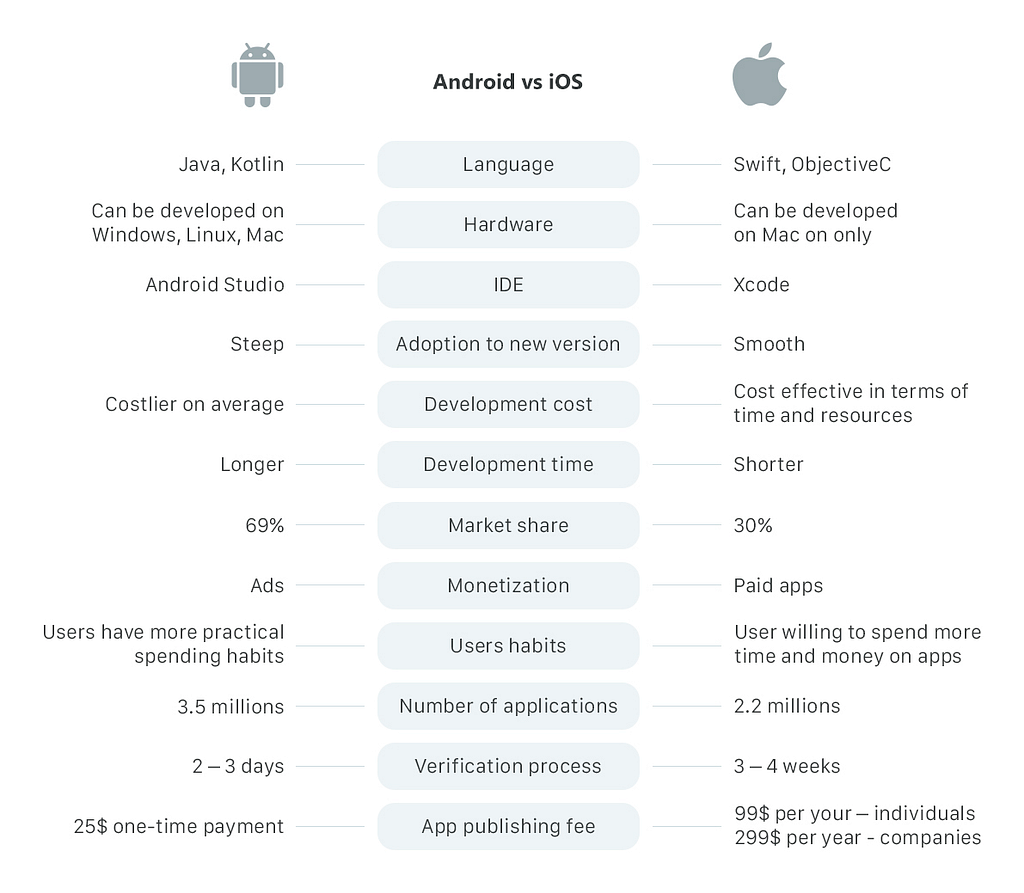Latest news about Bitcoin and all cryptocurrencies. Your daily crypto news habit.

The ability to make decisions is key for everybody in the tech industry. When deciding to build a mobile application, a developer considers the possible options at his disposal. In this case, it is the Android, iOS, and Windows.
However, you would agree with me that building mobile applications for the Windows platform is more like a lost cause in today’s world. For this reason, we would keep our focus on building for the two main mobile operating systems in the world today.
The iOS and Android.
For you to be interested in this article, I can tell you must be stuck in the middle of the two big seas, thinking of the most suitable one to dive into. Hopefully, at the end of this article, you are able to make a choice on which platform to build your first application.
To make a decision, we are going to be taking a look at three different factors. The technical factors, business factors, and audience factors let’s get started.
Technical Factors
While you can dream of building mobile applications, it all bores down to the technical side of things. If development process becomes too steep, it would be very difficult to accomplish any task as motivation to build any reasonable stuff would be lost in a short time.
Programming Language:
For iOS development, you would need knowledge of its main languages which are Swift, Objective C. While for Android development, main languages such as Java and more recently Kotlin are key.
You can choose to use cross-platform development languages such as Xamarin from C# or React Native from JavaScript, however, do not expect to get the same level of functionality from these cross-platform tools like you would get from the main languages.
Device Fragmentation:
There are thousands of different mobile devices running the Android OS when compared to the those running the iOS. From the thousands — if not millions — running the Android OS, there are different versions of the operating system to run. This causes developers lots of a headache.
Here’s why:
The availability of lots of options requires developers to put into consideration the number of devices, screens, and versions of the operating system that the application would support. This could also cause more problems when deciding to add a new feature to the application.
Talking about OS versions, new Android versions are difficult to adopt as carrier and OEM’s have made it difficult. When comparing this to the rate of adoption of new iOS versions, it is a landslide.
So iOS developers can take advantage of the new features of released versions while Android developers do not have the same luxury. Instead, they now have a new version to worry about while keeping older versions in mind.
Business Factors
As techies, we are more inclined to the technical side of the software development process so much that we overlook other vital areas such as business. Without a doubt, software development should be an all-round process, other important areas should not be overlooked.
Development cost:
The longer it takes to build an application, the costlier the application. Going by this, Android applications are costlier when compared to iOS applications. However, this doesn’t mean Android applications are more expensive.
For every application to be assured of great quality, testing is very vital and is also considered in the total time required for development. Development time can be reduced by taking advantage of the large Android user base as a beta tester for Android apps.
The iOS user base is not as large as Android’s therefore, beta testing by iOS users may not always be as effective.
Average revenue:
The market size of the platform you are building applications for would have a huge say on the average revenue that can be made from the application. In other words, the larger the market the higher the chances of more revenue.
Android is said to have about 69% of the market share with iOS having about 30%, this further translates to more downloads for Android applications than iOS applications, which then translates to more revenue to be made from ads.
For iOS, there are more paid apps in comparison to Android apps. Therefore, you can make money by having users pay for the applications instead of making revenue through advertisements.
Audience Factors
You would agree with me that building software that wouldn’t be useful to people is pointless. Even every pet project can be used by someone, and anybody would find it useful if it helps them with solving their problem.
For this reason, the audience is an important factor in choosing a platform to build your first application.
User Base:
The world has more people using Android devices than iOS devices. This means more people would most likely find your application useful, especially if it solves a critical problem.
People tend to use the same mobile applications as their friends, so your application can capitalize on this fact if it turns out to be really useful.
However, it should be noted that there are about 3.5 million applications on the Google Play Store and 2.2 million applications on the Apple App Store therefore if you build for Android, your application would be facing more competition than when you build for the iOS.
Publishing to the app store:
Apple has put in place tight measures for allowing applications to make it to the Apple App Store, the verification process could take about 3–4 weeks. This is a long time when compared to the Google Play Store’s time taken for verification process which could be about 2–3 days.
It should be noted though that the time taken for apps to make it to the Apple App Store has reduced in recent times.
Getting an app on the Apple App Store is also quite costly, as they charge $99 and $299 per year for individuals and companies. Getting an app on the Google Play Store on the other hand only requires a $25 one-time payment.
Conclusion
There you have it, a break down of what it is like building for both platforms. I hope you can make a better decision on what platform for which to build your first application.
Here’s my two cents on the matter:
If you do not plan on making any money from your application just yet, you can build for Android first. You do not have to pay high fees to have your application on the Play Store. However, if your app stands a good chance of making waves with iOS users, then you can go for it.
Also, you can build your first application for the operating system your friends, family, and relatives use more so they can give feedback on the quality of the app.
In the end, it’s just your first application. Simply build it and enjoy the experience of building a mobile application.
iOS vs Android: Which Platform to Choose for your First App was originally published in Hacker Noon on Medium, where people are continuing the conversation by highlighting and responding to this story.
Disclaimer
The views and opinions expressed in this article are solely those of the authors and do not reflect the views of Bitcoin Insider. Every investment and trading move involves risk - this is especially true for cryptocurrencies given their volatility. We strongly advise our readers to conduct their own research when making a decision.




